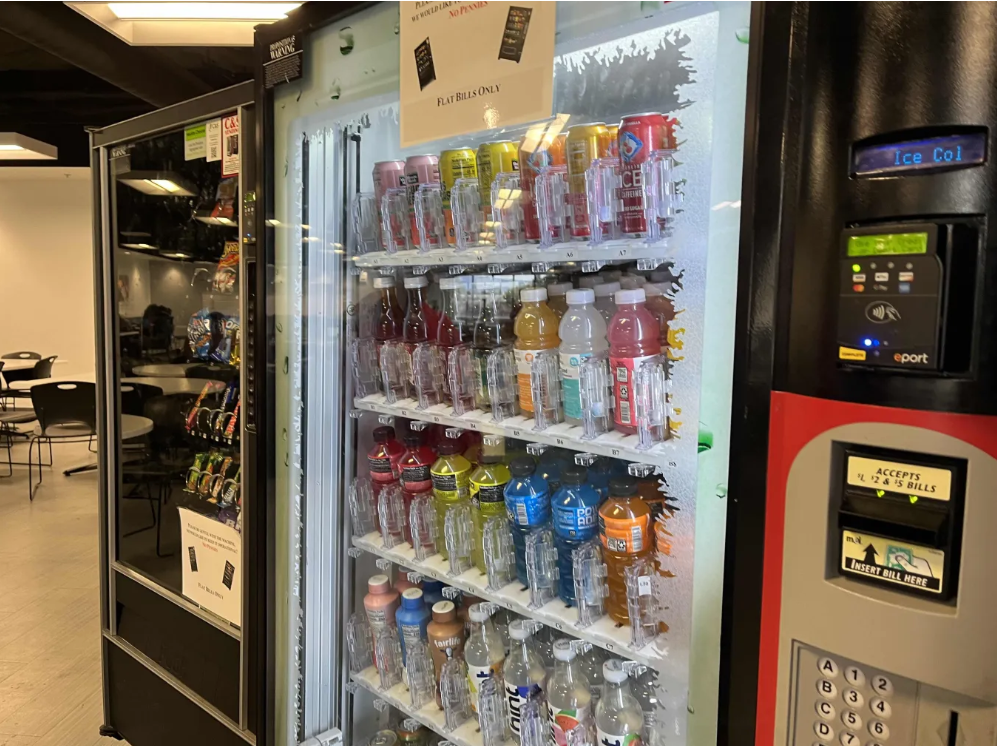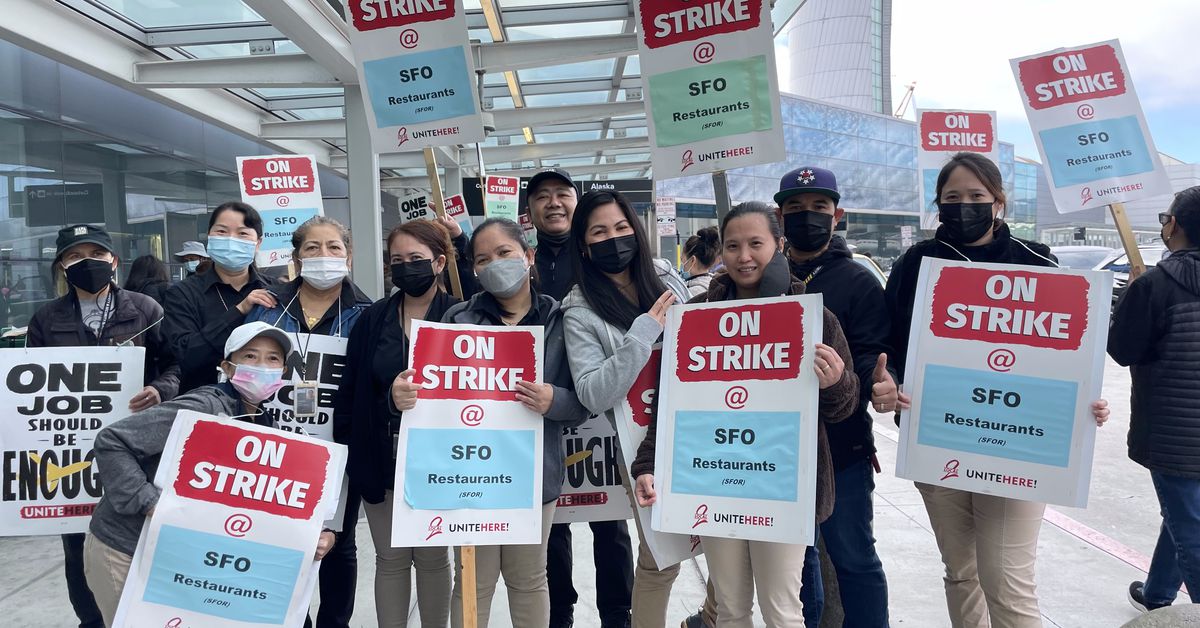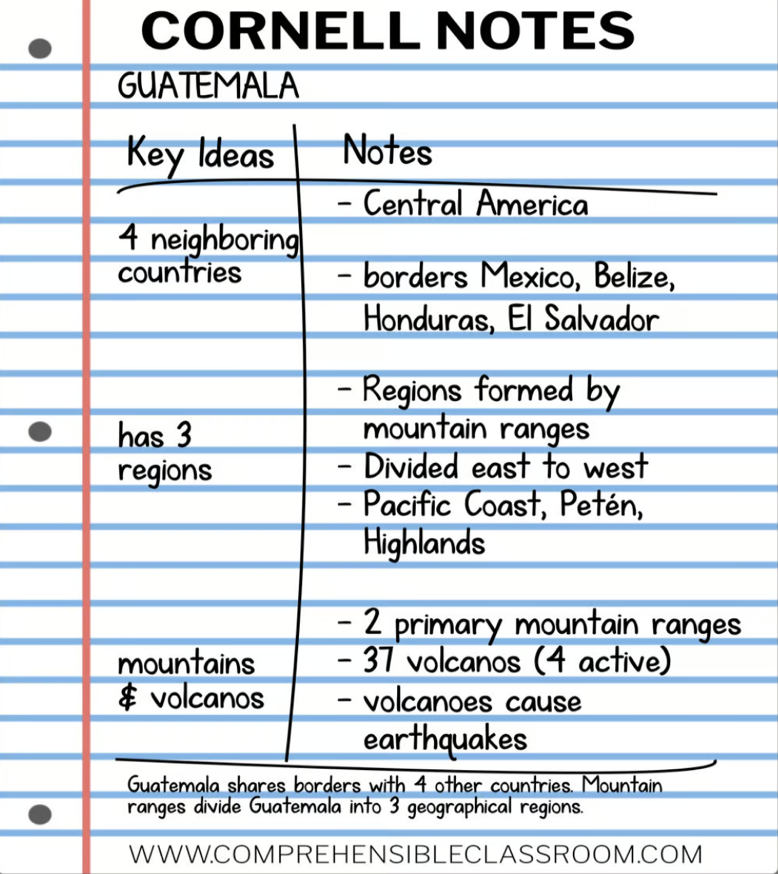America has the highest incarceration rate of all countries, having one of the highest prison populations in the world. This high prison population not only affects those who are incarcerated, but also taxpayer money used to maintain the holding facilities. The cost to maintain these prisons are unsurprisingly not used for building luxury resorts–American prison conditions are infamously brutal. The Office of Justice Programs says that 40% state and 33% federal prisoners were reported currently having a chronic condition. So why does America have so many prisoners, and why do we spend over 80 billion dollars on keeping our own population imprisoned?
Before the 1980s, American Prison populations were much smaller. State and Federal prisons held 350 thousand. Since then, American Prison populations increased significantly, and they are recorded to hold 1.4 million in 2019. One of the main causes of this is the War on Drugs. The War on Drugs was a movement by the government in 1980 in an effort to cease the use and distribution of illegal drugs. One tactic used was to make the laws more strict. The effect of the War on Drugs was shown as nearly 50% of the federal prison population is made up of drug offenders.
Meanwhile, former convicts are also known to re-offend and to re-enter prisons, further inflating the prison population. The process of previously convicted criminals reoffending and reentering the prison system is known as recidivism.” Recidivism is heavily influenced by prison conditions. American prisons are filled with mistreatment and violence, with prisons lacking healthy food, necessary treatment, or education. These necessities are essential for rehabilitation.
In order to rehabilitate and fix this crisis, we must consider education as an important factor for rehabilitation. The Government Office of Justice Programs says, “About 75% of State prison inmates, almost 59% of Federal inmates, and 69% of jail inmates did not complete high school.” This shows a correlation between education and incarceration rates. Having a higher education guarantees a smaller chance for unemployment and incarceration, and as the US prison system does not include an education, former incarcerated people would have an even lower chance of being employed.
Another factor to consider is the poverty people experience, and how that affects their likelihood to reoffend. For example, people who have been incarcerated are more likely to experience homelessness. Urban Institute also explains that experiencing homelessness increases interactions with the justice system, showing concern about the homelessness and incarceration cycle. “There’s this expression that you have ‘paid your debt to society or you ‘served your time,’ but in reality, in the United States, that debt is never paid because that record is always there. It’s always there for employers for potential landlords, and no matter what you do, no matter all the great things you do, it’s always going to pop up.”, Marc Howard, Ph.D., Professor of Government and Law, states. People are often unable to return to their normal lives after incarceration in America and thus, are more likely to return to the prison system
The prisons in the United States are notably different from the ones in Norway, one of the most successful prisons in the world as only 20% of incarcerated people are reincarcerated. Norway’s prisons are focused on rehabilitation and getting the prisoners back onto the right path. Unlike what Marc Howard said about US Prisons, Norwegian prisons provide punishment but also rehabilitation to try and improve the prisoners’ lives. There are many educational facilities and rooms that provide the prisoners with activities to do and help with rehabilitation. America can look towards the Norway prison system as a model for improvement.
However, although this is one provable working solution to incarceration, it does not necessarily have a high chance of working in America due to the high incarceration and recidivism rates. American rehabilitation attempts may cost taxpayers even more than the large amount that they pay. Before we start blindly copying a successful model, we must consider the inherent bias, poverty, and countless other issues that plague America in order to institute truly effective change.
Sources:














![Teacher [Milk] Tea: Part 2](https://bisvquill.com/wp-content/uploads/2024/03/Screen-Shot-2024-03-19-at-9.28.48-PM.png)
![Teacher [Milk] Tea: Part 1](https://bisvquill.com/wp-content/uploads/2024/03/milk-tea.png)

































